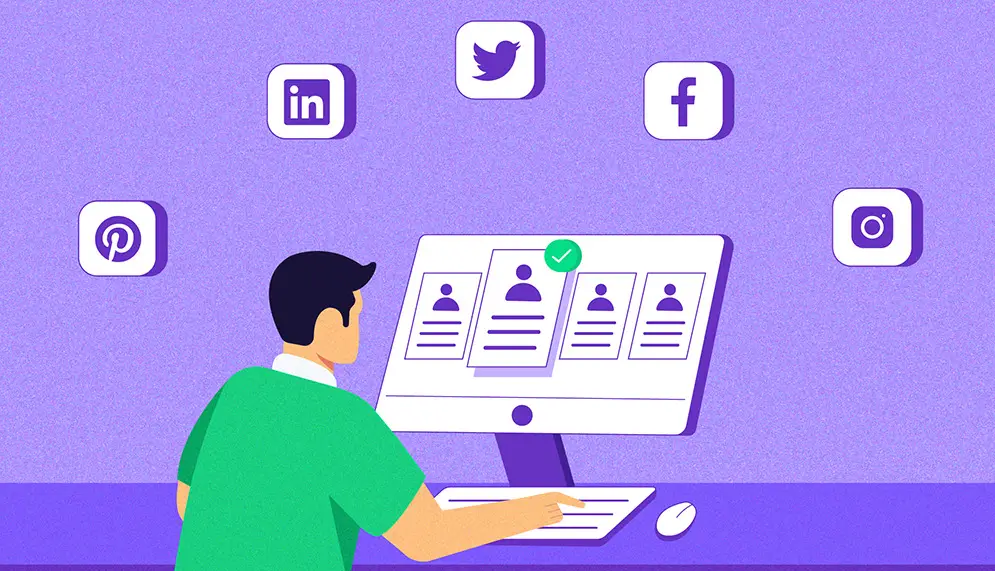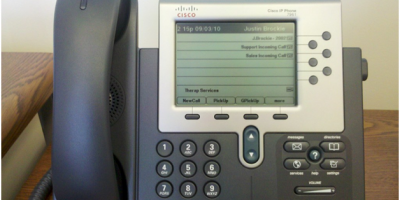There are several fast ways to learn how to check social media the right way, and we’ll cover some of the most popular ones. You can use tools like Google Analytics to monitor your social media presence and top-notch visualizations such as geolocation-based heat maps and lexical cluster map to identify your most active accounts and keywords. Mentionlytics is an enterprise-level social media monitoring tool that tracks keywords, mentions, and sentiment across multiple languages. Reputology monitors all major review sites, including Yelp, and lets you track various locations. You can also quickly respond to reviews and comments with links to your site.

Understanding hashtags
You may notice posts with a pound sign symbol (#) when you check social media. What are these? These are metadata tags used to group conversations. You can find them by searching for them or clicking on them. They are also available in third-party monitoring tools. If you use a hashtag, check the site’s privacy settings. Then, use it whenever you wish to avoid being listed as a spammer.
While you might not be a business owner or a startup, understanding hashtags is essential to any social media strategy. They are a way to group relevant content and give your audience easy access. You’ve likely used hashtags, so you probably understand their importance. Understand the benefits of using them when checking your social media account and promoting your business. There are countless hashtags on the internet.
Using analytics tools
If you want to gauge your social media performance, you should use an analytics tool. The benefits of social media analytics tools are many. First, they can tell you how well your posts perform compared to competitors’ posts. This is particularly useful if you want to use influencer marketing or monitor the competition. Native tools do not listen to brand mentions or watch other accounts, so they’re not as helpful for this strategy.
Once you’ve set up a social media marketing campaign, you can start measuring its ROI. Using analytics tools will help you justify the cost of your marketing campaign. They also help you determine if you’re achieving the ROI that you’re seeking.
Creating a posting schedule
It is vital to plan your content for posting weeks, months, and even a year in advance. You can create a content plan for each of these in advance and check your content’s effectiveness by adjusting your posting times and frequencies accordingly. To simplify the process, you can copy and paste the content planning template and duplicate it 11 times. Afterward, you can modify the template to reflect different types of content for each social media platform.
Once you have a schedule, you can focus on publishing high-quality content at the best times. Most social media networks recommend between one and four posts a day. Once you’ve created your schedule, create a document with all the necessary posting times and share it with your social media team. You should also set rules for when to post content so your posts are consistent with your social brand’s guidelines.
Using a persona
When using social media, it’s vital to match your marketing strategy to your target audience—knowing their interests and pain points and using those insights to craft relevant content. Using personas to check social media can help you get in front of the right people who are likely to buy your product or service. And when you do it the right way, you’ll be able to increase conversion rates and improve your ROI.
First, you need to define a persona for your audience. You must identify who they are and use the right language. This is especially important when using social media for business. Using personas is a great way to understand your audience better and tailor your messaging to them. It’s also an excellent way to ensure consistency between your social media efforts and your audience. Therefore, developing a persona is vital to your social media strategy.
Listening to people on social media
Social media is a powerful platform for businesses to reach out to their customers, but listening to them isn’t just about gaining insight into customer needs. If you’re trying to improve your business, you should be aware of the importance of social listening to create a brand that resonates with your audience. There are three key ways to listen to people on social media and gain valuable insights. Let’s take a closer look.
The first step in listening to people on social media is to define your target audience. This can be done by creating customer personas and fictionalized profiles of ideal customers based on demographics, interests, and behaviors. These profiles will then be used in your strategy. By analyzing these profiles, you’ll be able to understand the preferences and opinions of your customers. Then you can create content that caters to their interests and needs.





